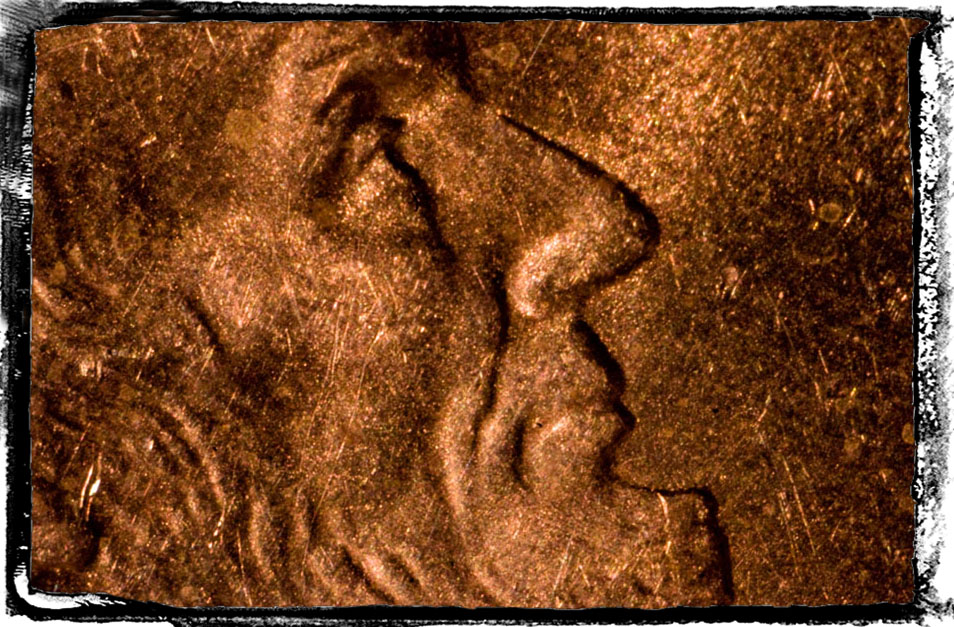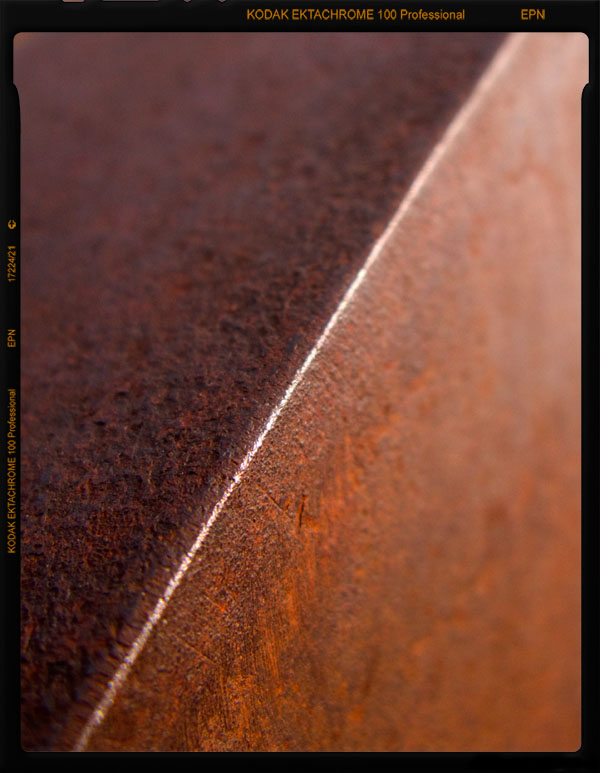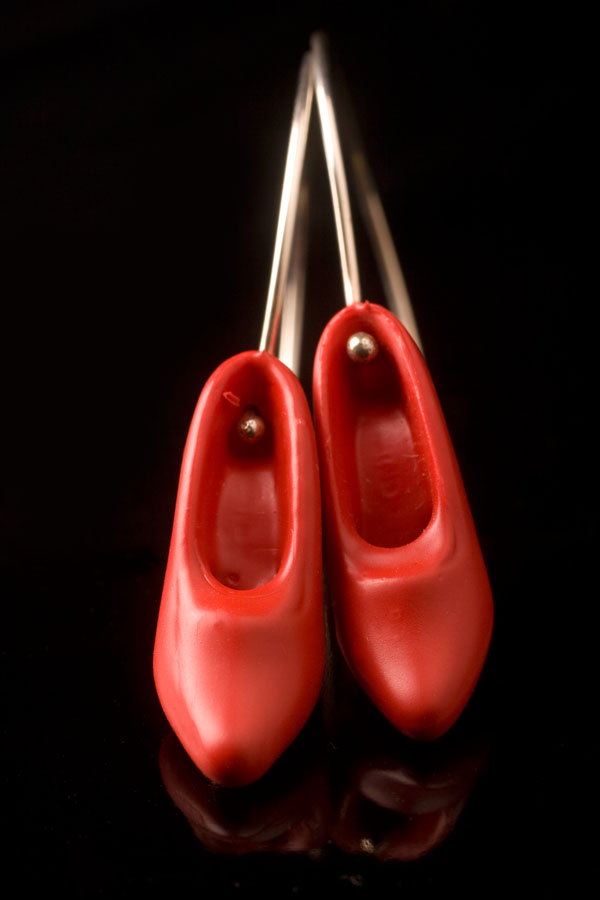These are macro images of common molds.
Sporeplay
These are macro images of common molds.
These are macro images of common molds.
The Heidelberg Project is an outdoor art project in Detroit, Michigan. It was created in 1986 by artist Tyree Guyton and his grandfather Sam Mackey (“Grandpa Sam”) as an outdoor art environment in the McDougall-Hunt neighborhood on the city’s east side, just north of the city’s historically African-American Black Bottom area. The Heidelberg Project is, in part, a political protest, as Tyree Guyton’s childhood neighborhood began to deteriorate after the 1967 riots. Following his stint in the Army, Tyree Guyton described coming back to Heidelberg Street. He was astonished to see that the surrounding neighborhood looked as if “a bomb went off”. At first, the project consisted of his painting a series of houses on Detroit’s Heidelberg Street with bright dots of many colors, and attaching salvaged items to the houses. It was a constantly evolving work that transformed a hard-core inner-city neighborhood where people were afraid to walk, even in daytime, into one in which neighbors took pride and where visitors were many and welcomed. Tyree Guyton worked on The Heidelberg Project every day with the children on the block. He and director Jenenne Whitfield gave lectures and workshops on it around the country. Their main goal was to develop The Heidelberg Project into the city’s first indoor and outdoor museum, complete with an artists’ colony, creative art center, community garden, amphitheater, and more. The effect of the Heidelberg Project is displayed through the development of Heidelberg Street. At the other end of the street, there are crumbling houses with lawns covered with waist-high weeds, rubble and rubbish, with no people in sight. [Wikipedia} When I came across Heidelburg St. I knew I would have a connection. I love photographing the details of scenes like this. It’s like a treasure hunt to find imagery using color, composition and contrast. I also love this colorful few blocks in the middle of a very depressed area of Detroit.
What was happening in the U.S. when this penny was made?
President: Dwight D. Eisenhower
Vice President: Richard M. Nixon
Population: 168,903,031
Life expectancy: 69.7 years
Homicide Rate (per 100,000): 4.6
US GDP (1998 dollars): $438 billion
Federal spending: $70.64 billion
Federal debt: $272.7 billion
Consumer Price Index: 27.2
Unemployment: 4.4%
Cost of a first-class stamp: $0.03

A few years back, I bought some vintage Russian bellows for my my DSLR. I also found a beautiful 2.8/50mm Carl Zeiss lens that combined with the bellows, makes these beautiful macro shots. This image is from a simple 1970 (the year I was born) U.S. Penny. I love the clarity of the scratches , the depth of the shadows and the vibrancy of the color.
I wonder how many people have held this penny? Where has it been? What has it seen? What has it purchased?
We rarely get to see this much detail on a penny. Who really looks at pennies any more. They’re almost useless. I remember buying penny candy when I was a kid at Christies Candies in South Toledo. Personally, I hope they’re here to stay. There’s just something so symbolic and nostalgic about a penny. Besides most of them are made right here in Denver and I always try to support the local economy.

Today we took a long walk with the dog in River Front Park. I knew that I was looking for imagery for today’s blog but I wasn’t sure what I was looking for. I shot photos of broken glass, a lone brave kid standing in the cherry creek and details of a public art piece shining in the bright sun.
After our walk, we went to Spicy Basil for lunch, one of my favorite Denver restaurants. My fortune read, “We all live under the same sky, but we don’t see the same light.” As a photographer this really spoke to me. After all photography is the study of light.
As I was going through photos from today, I thought this shot really showed how different we all can really see things. When looking at this large steel structure filled with great lines and form, I saw one line and a lot of beautiful texture and color. I saw how the light relfected of these two different planes and how they were divided by a thin line of bright white light.

I imagine that this baseball has had several potential lives. I see it as a symbol of the dreams for a young boy growing up to play major league ball. Perhaps it was a symbol of anxiety for a boy or girl who wants to play but is scarred of it’s force flying straight at them.
Whatever it’s origins it ended up as an abandoned chew toy for some animal and finally as the subject of my camera. How often do we discard or ignore things like this? I’m always on the lookout for these little gems.
I’m working on a series of water photographs. I’m getting very close to what I’m going for. Here’s an example of one of the shots. I really love doing this type of work in the studio on snowy days. It’s perfect distraction from the real world. Simple drops of water can become a whole different world or a mini sculpture frozen in time.

Today, I shot some photography of some great jewelry by Aurora artist, Kim Harrell. I love these red pump earrings! They are too cute. Check out more of Kim’s work at her website, www.eastendarts.com